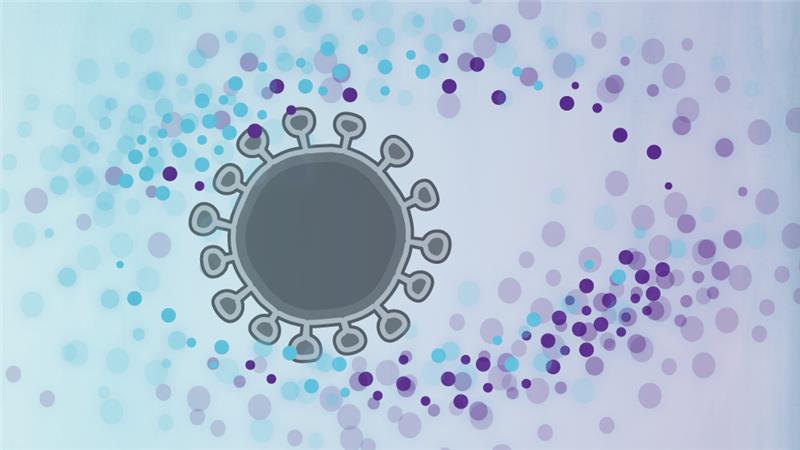Under certain circumstances in patients, the human immune system can spin out of control and become highly toxic, resulting in cytokine release syndrome (CRS). CRS has been observed in certain autoimmune diseases (Grom et al. 2016), during highly infectious diseases like COVID-19 (Zhang et al. 2020), and following immune-enhancing treatments that include monoclonal or bispecific antibodies, or CAR T therapies (Shimabukuro-Vornhagen et al. 2018). CRS, which can be deadly, has been notoriously difficult to study and for which to develop novel treatments. However, encouraging new data indicates that many aspects of human CRS can be modeled in immunodeficient NSG mice engrafted with human peripheral blood mononuclear cells (PBMCs). This model provides hope that new immuno-modulatory therapies can be safely developed and tested before clinical trials.
Figure 1. TGN1412 analogue (anti-CD28 superagonist) mediated CRS dose response. Human PBMC engrafted NSG™-SGM3 recipient mice (stock# 013062) were treated with anti-CD28 mAb positive control or TGN1412 analogue at low, medium or high dosing. Human IFN- ɣ, TNF-α, and IL-6 were measured quantitatively at 1, 2, 4, and 6 hours post treatment. Increasing doses of TGN1412 analogue showed a progressively increased cytokine release response.
The next question was whether PBMC donor-specific differences in drug response could be observed, mimicking what is observed clinically. Cohorts of mice were engrafted with nine different human PBMC donors, and each donor cohort was tested with PBS, OKT3, or anti-CD28. In mice treated with OKT3, 7 out of 9 donors displayed a severe IFN-ɣ CRS response, 5 showed a severe IL-6 response and all exhibited a strong TNF-α response (figure 2). Donors G and H showed a milder response. When treated with anti-CD28, 2 out of 9 donors showed a severe IFN-ɣ response. Collectively, the data described in the experiments above demonstrate that specific mAbs are capable of initiating a CRS response in this model and that the response is both dose and PBMC donor dependent.
Figure 2. Human PBMC donor specific differences in magnitude of CRS response. Human PBMC from 9 different donors (A-J) were engrafted into NSG recipient mice (stock# 005557) and treated with Muromonab (OKT3, anti-CD3 mAb) or anti-CD28 mAb. Human IFN- ɣ, TNF-α, and IL-6 were measured quantitatively 6 hours post treatment. Each donor shows a quantitative difference in cytokine response to each drug tested.
